12 Garage Upgrades That Will Increase the Value of Your Home

You might be rubbing your hands together gleefully, thinking of all the DIY garage projects you’ve got lined up — but hold on a second.
Some renovations aren’t actually recommended, especially if you’re thinking of selling. And if you’re doing the work specifically to increase the overall equity in your home, you’d better keep reading.
We contacted realtors and real estate agents across the country to get their takes on how garage renovations can impact home values and resale prices, and we learned a lot.
Here is what you need to know.
What the Experts Have to Say
How Much Is a Garage Worth?
Garages have a significant impact on the overall value of a home, says Kyle Hiscock, a Realtor in Rochester, New York. If you don’t have a garage at all, buyers won’t usually take the time to look at your home, and a house with no garage is certainly going to sell for less than one with a garage.
In fact, even though it’s fairly expensive to add a garage, continues Hiscock, it is well worth considering the addition, as “the return on investment can be quite high.”
While there is no set amount that a garage will add in terms of value, Hiscock says he’s “seen deductions on appraisal reports for the lack of a garage in the ballpark of $5,000–$10,000.”
Where you live matters, too.
Bill Gassett, who’s been selling homes in Franklin, Massachusetts, for nearly 30 years, says that in the Northeast, “garages have quite a bit of value due to our unseasonably rough winters.”
“Garages for many are a necessity in order not to brave the elements when coming home with an arm full of groceries or even just walking to and from the car,” he adds. “A garage has an extremely high return on investment because of where we live.”
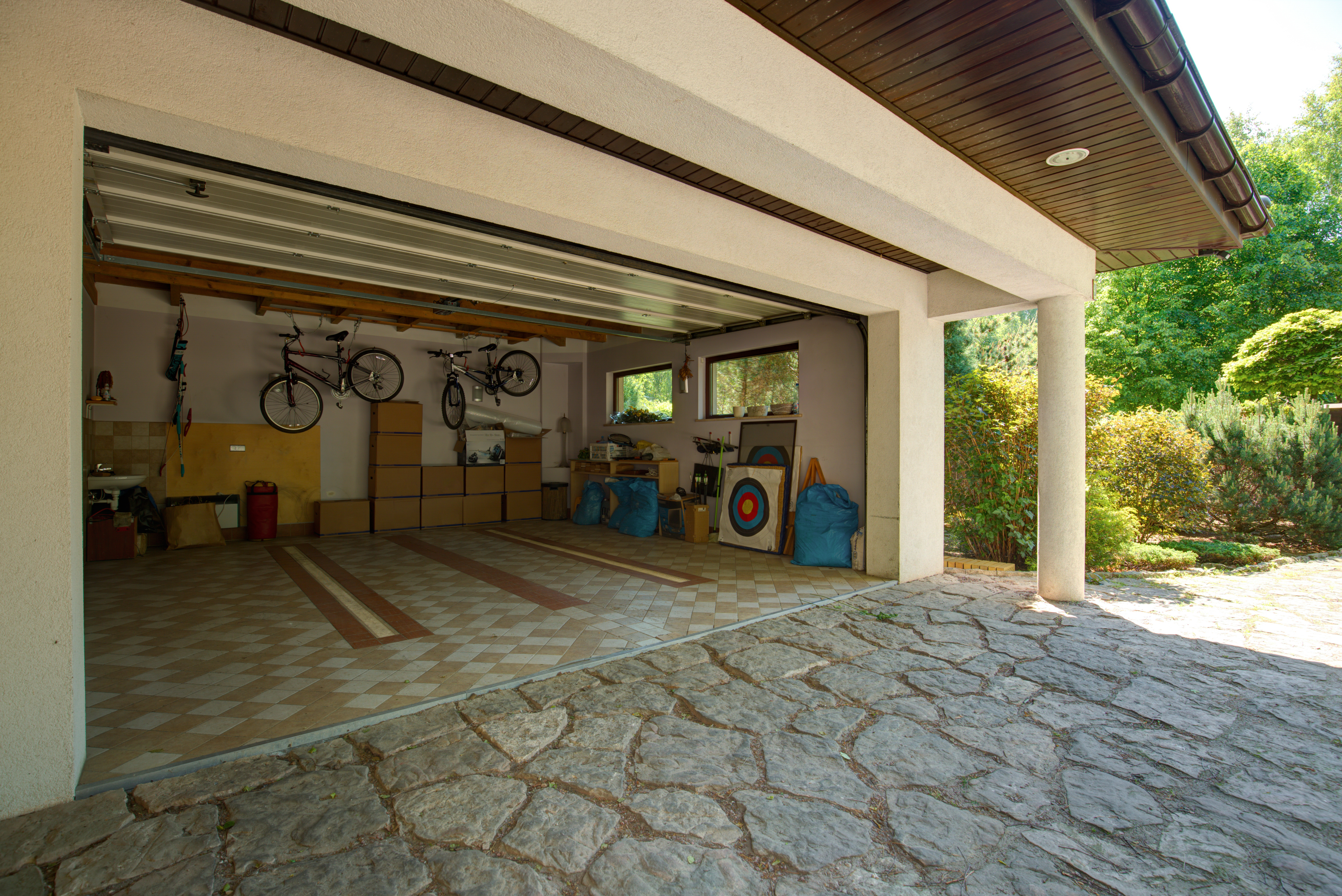
What About a Workshop Instead of a Garage?
Hiscock advises homeowners who are considering replacing their garage with a workshop or storage space to reconsider. Not only can a workshop reduce the overall value of your property, but it can deter potential buyers from looking at your house when it’s up for sale.
Gassett agrees and goes even further, saying that just turning a two-car garage into a one-car garage (for the purpose of having a woodworking shop or storage area) is a mistake.
“That second bay comes at a premium and taking it away is almost always a mistake that a seller will pay for in their wallet when it comes time to sell,” he says. “In the minds of many buyers, a garage is not only a convenience but a necessity.”
If you’re not selling right away, there is a work-around: Create a temporary alternate space, and when it does come time to sell revert it to a dedicated garage.
Of course, there are people who aren’t as interested in a return on investment or how resale may be affected, says Chicago real estate broker Cornelius Camp. He’s run into a lot of mechanics, for instance, who dream of converting their home garages into shops where they could store tools and work on cars.
In cases like these, Camp assumes they “might be more interested in how much they can bring in from their business” than with property valuation.
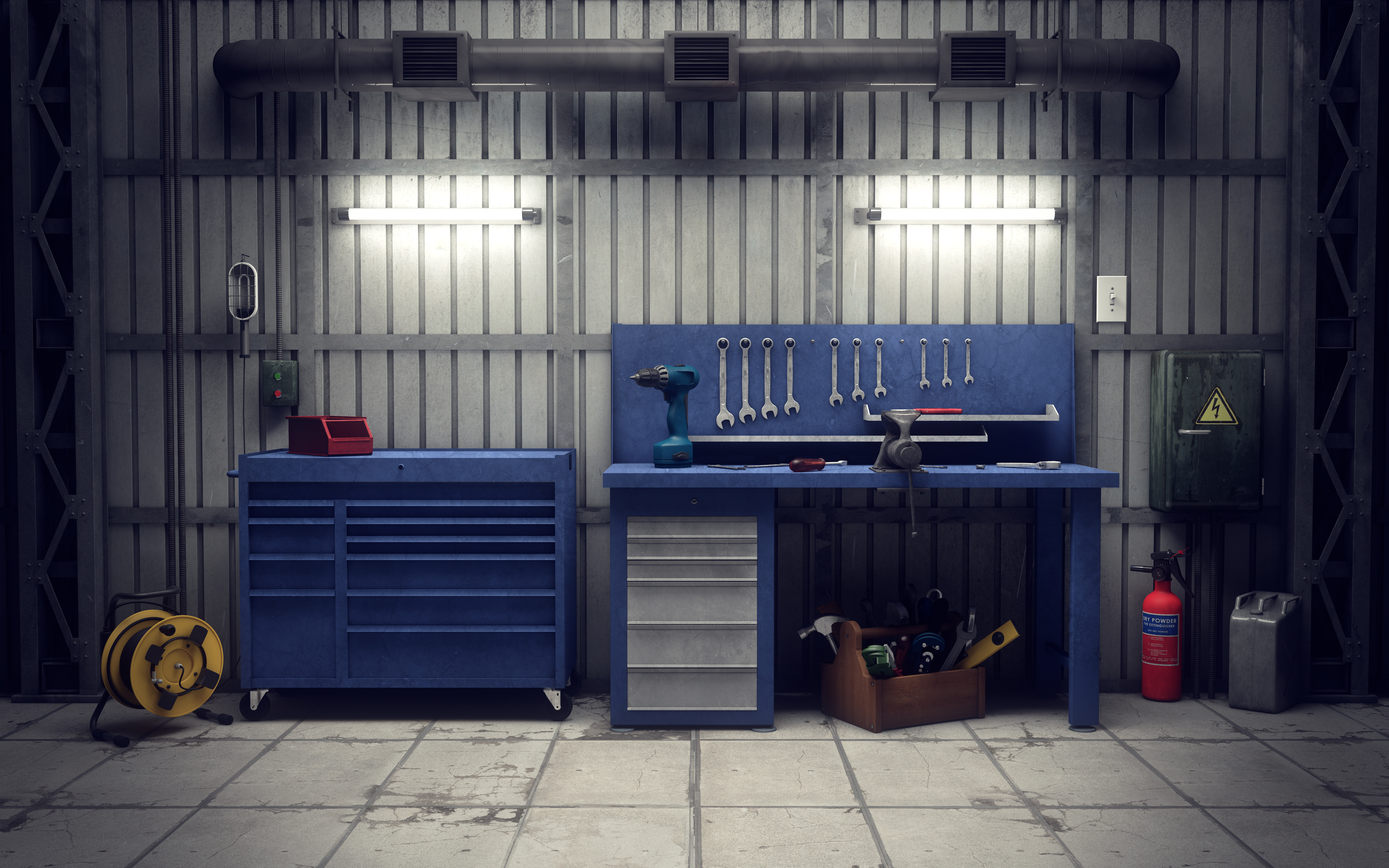
What About Converting the Garage Into Living Space?
Atlanta realtor Erika Lewis is of the opinion that eliminating a garage outright to create more living space usually hurts home equity and later may cost the homeowner at the time of selling. Her advice would be to consider a home addition and leave the garage as is.
Gassett agrees, saying that losing an existing garage “is almost always a bad move when it comes to resale, as people value a garage more than picking up another room.”
However, if you’re simply adding a living space on top of the garage, Camp says, “this is really when you get the most out of the ROI. We all know how awesome it is to add another bedroom to the listing.”
Sacramento, California, certified residential appraiser Ryan Lundquist voices a similar opinion in a post on his blog.
Lundquist responds to a reader’s comment by saying that if your plan is to tear down and replace a free-standing garage with a new one that has a bedroom and bath on top, it could be a great feature and possibly add value.
There is one proviso, though, Lundquist adds: “Do keep in mind appraisers can recognize value for the space above the garage, but if it is not directly connected to the rest of the living space in the house, it won’t be added into the square footage of the house.”
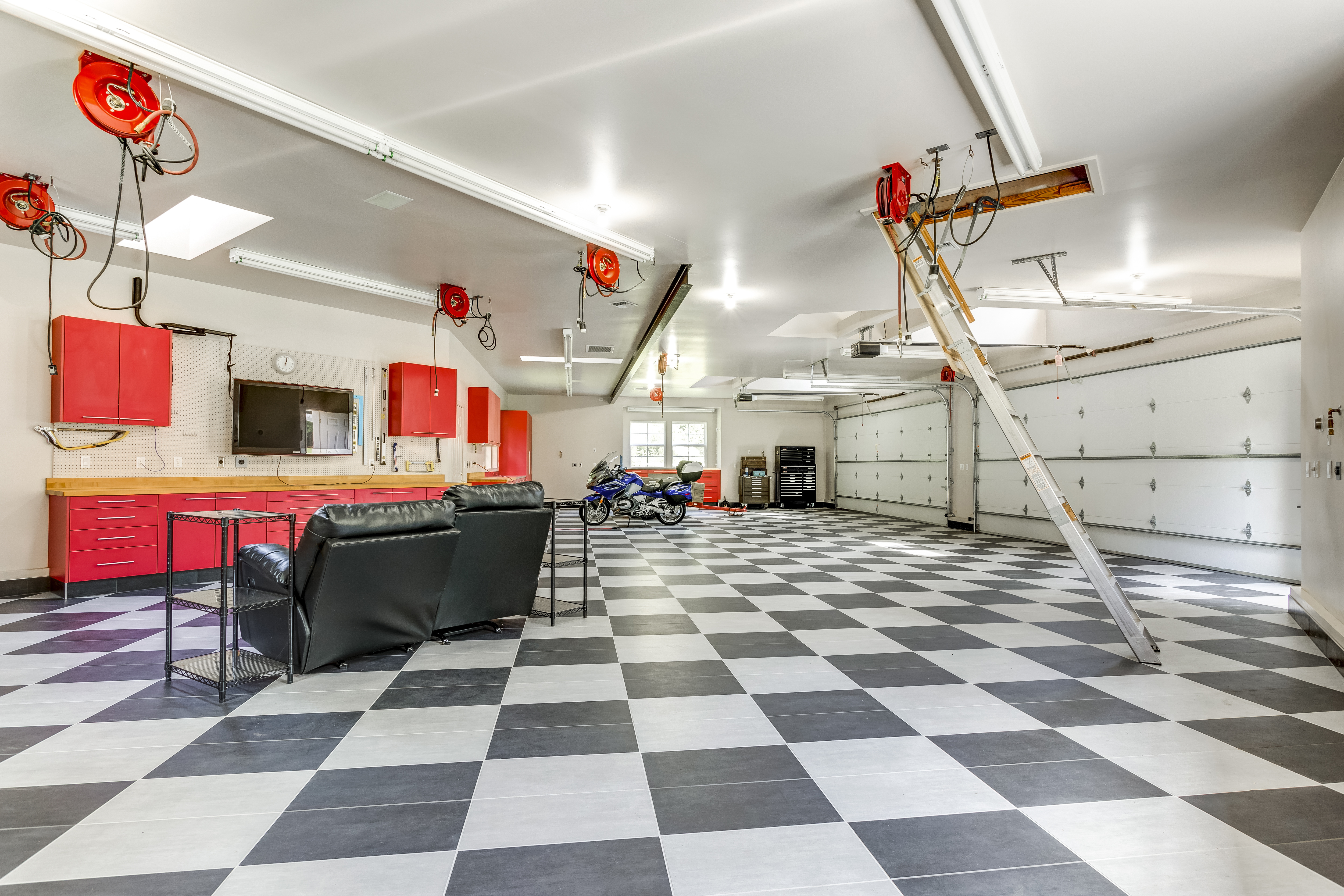
Project To-Do List
Now that you know what the experts think about garage renovations, it’s time to get busy with some updates of your own.
If it’s a big project or one that will make a difference to the exterior of your home, remember to touch base with your homeowner’s association to ensure you’re in compliance with all zoning and building by-law requirements.

Project No. 1: Build Your Garage
If you don’t have a garage on your property, you can put a stand-alone garage up in a couple of weekends. Using a pre-cut garage or (better yet) a closer-to-finished pre-assembled garage, you’ll get everything except shingles, tools and finishes.
Most providers have written instructions and video guides available for each step of construction, which includes:
- building the floor
- sonotube footing
- truss assembly
- wall assembly
- erecting the walls
- raising the roof
- mounting the soffits and fascia
- installing the windows
- applying shingles
- dormer installation
Project No. 2: Insulate Your Garage
If your garage is not properly insulated, real estate agent Erika Lewis says, you may have problems when you wish to sell. Camp in Chicago agrees:
“Being from the south, I know for sure that an insulated garage is definitely a selling point. In the south, a lot of people participate in a lot DIY projects. Having an insulated garage allows you to work on these projects despite what the weather might be like.”
You can save as much as $2,000 if you insulate your garage yourself. Make sure that the insulation you buy has the right R-value and is cut to the proper thickness. The North American Insulation Manufacturers Association has installation instructions you can follow for the type of insulation you buy.
Shannon at House-Improvements.com gives this job a 3-out-of-12 difficulty rating. The materials you’ll need are as follows:
- utility knife
- sharp blades
- tape measure
- straight edge (4′)
- step ladder
He adds that in the case of attached garages with a “bonus” room above, he’d recommend spray foam because it “takes care of CO2 and cold rooms very, very well.”
In his video below, Shannon demonstrates how to install fiberglass batt insulation and a vapor barrier.
Project No. 3: Add a Room Above Your Existing Garage
This can be a large or simple project, depending on how complete your garage is with respect to insulation and HVAC (heating, ventilation, and air conditioning). You’ll need to have electrical wiring in place and possibly plumbing.
Deborah Snoonian at This Old House says there are six steps you’ll need to consider when adding on above the garage:
- Curb appeal: Think from the outside in.
- Make sure the structure allows for the addition. Have the garage checked for weight bearing and whether the foundation is adequate.
- Keep it fire-safe, using 5/8-inch-thick fire-rated drywall.
- Insulate.
- Think about where to put the plumbing.
- Impact on adjacent spaces: “You need to access the new space from inside, which typically calls for reconfiguring existing rooms and putting in a hallway,” Snoonian says.
Project No. 4: Add a Storage Loft in Your Existing Garage
Tim Carter from Ask The Builder says a full-service lumber yard should carry everything you need to build a storage loft. It took him an afternoon to build his loft, and he approached it as he would any exterior deck project.
You need to ensure that you use joist hanger nails and not roofing nails when attaching the joist hangers to the beams and ledger board. Once you’ve gathered your materials, the steps are straightforward:
- Determine the height of your loft.
- Attach ledger board to rear wall.
- Place joists at 16 inches on center.
- Place beam from one front corner to the other.
- Use post bases to connect to floor.
Note that this is not a suspended loft, but one that uses 4×4 posts, which transfer the loft load to the floor. Carter uses this approach because he says “there is a possibility that the roof structure was not designed for these concentrated loads.”
Project No. 5: Make Your Garage Floor Slip-Proof
While a slip-proof garage floor might not necessarily impact the resale value of your home, it’s a nice added safety feature to have for yourself and the rest of the family, and it doesn’t hurt to point it out to your real estate agent.
There are two ways to create slip-resistant surfaces, says Bill Palmer at Concrete Network. You can either
- texture the concrete itself, or
- add some kind of gritty material to the floor surface.
The latter can be accomplished in several ways. “Mix a gritty material into the sealer before it’s applied; put down a textured overlay; or apply a gritty faced tape to the surface,” he writes.
Project No. 6: Insulate Your Existing Garage Door
The garage door tends to be the largest uninsulated space in most homes. Garage door insulation kits are available at most home improvement stores, are fairly inexpensive, and if you get one like Insulfoam its foam core is 100% recyclable.
To install, you’ll need:
- a straight-edge utility knife
- a tape measure
- safety glasses
The steps are as follows:
- Measure the width of the door between the vertical rails.
- Partially cut each insulation panel to length.
- Break off the insulation where cut.
- Insert the excess insulation behind the vertical rails on the door.
- Insert the insulation panel between the horizontal rails on the door.
Installation is easy and takes less than one hour, as demonstrated in this video:
Project No. 7: A New Garage Door
According to Doortec Garage Doors in Oklahoma: “Garage doors can account for up to 30 percent of the exterior portion of a home that is visible from the street. The style, color, and condition of the door has a great influence on the overall appearance and curb appeal of the home.”
It’s not just about curb appeal. The investment education site Investopedia calculates that “a new garage door brings an 88.4% return on investment.”
Although garage doors are big and heavy, replacing your old sectional door with a new one can be a do-it-yourself project, says Don Vandervort — “if you’re pretty adept at DIY tasks.” If you want to save money, follow the step-by-step instructions at HomeTips.com, in adjunct to those you get with the door kit from the manufacturer.
If your existing garage door just needs a little revitalization, we’ve covered that in the last paragraph of our post here.
Project No. 8: Put Great Lighting in Your Garage
We also talked about Big Ass lights in an earlier post. They offer a fixture called The Biggest, Baddest, Brightest Garage Light, it’s got a 122W LED that lasts up to 150,000 hours and delivers illumination to the tune of 13,000 lumens. When you need to really shed some light in your garage, that might just do the trick.
In the case of general purpose lighting, traditional fluorescent light fixtures (or the newer compact ones) are certainly adequate in terms of illumination, and the tube fluorescents can be equally spaced across the span of your garage.
If you’re planning to rewire or update the wiring, get a licensed electrician in so that all codes and safety standards are met.
Project No. 9: A Solar Roof for Your Garage
With a solar panel installation on the roof of your garage, you might not need any other source of power at all. A couple of years ago, Kimberley Mok at TreeHugger writes, the students at Green Mountain College in Vermont turned a garage on the school’s farm into “a solar-panelled powerhouse for charging electric vehicles, with a built-in mini-greenhouse to boot.”
The sloped roof held sixteen 3.86-kilowatt solar panels, producing enough energy to charge an electric vehicle, and optimize its performance in cold weather.
The other design initiative was the use fiberglass to make a “passive solar south-oriented wall.” This addition allows plants to sprout in early spring, when snow might still be on the frozen ground outside.
If you retrofit your entire garage roof with solar panels, you’ll get enough electric power to fully charge the car battery. When Erin Massey wrote this 2012 article in Medill Reports, she estimated the cost of a solar retrofit installation on a two-car garage to be some $23,000 (and that was when home solar panels were more expensive than they are today). A hefty sum, but she estimated it would pay for itself in gas in about three years, so after that the solar power would be free.
Solar panels on garage roofs aren’t just for powering cars. Home improvement contractor and TV host Mike Holmes has a garage with two car-lifts. He’s now completely off-grid, using 40 solar panels on the roof of his garage as his sole source of power.
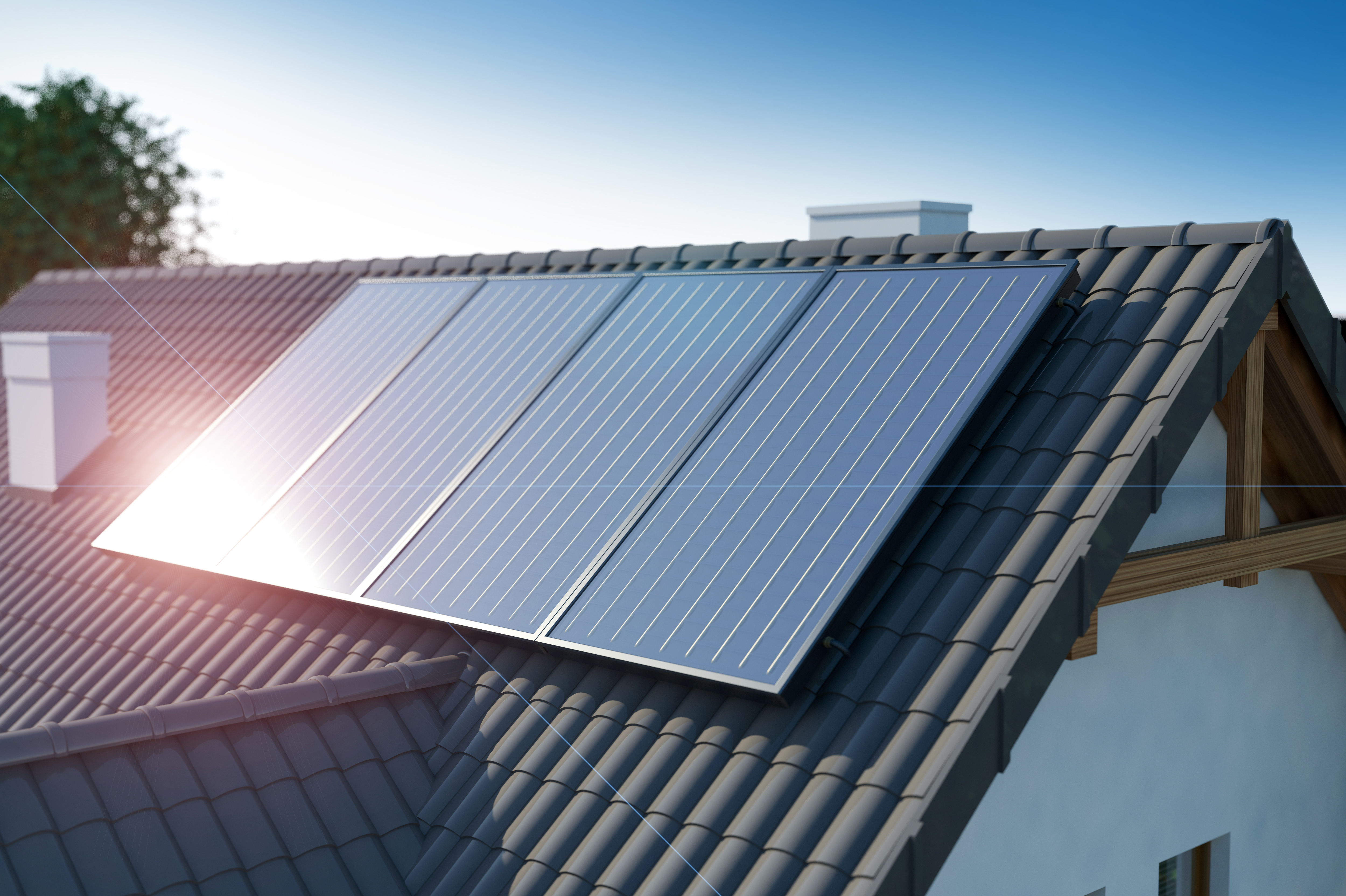
Project No. 10: Or Maybe Go For a Green Roof Instead
There are several advantages to covering part of your garage roof (or all of it) with vegetation:
- It provides additional insulation.
- It reduces energy use and related costs.
- It helps manage stormwater runoff.
The steps to bring your roof to life start with making sure it is waterproof. Garages with asphalt shingles, for instance, are fine. Rubber liners can be used, as well, and are quick to install.
The next layers are for drainage, water retention and filtering with a layer of soil on top. The plants are then added, chosen to match the depth of soil. For example, succulents tend to do better than wildflowers or vegetables in shallow soil.
Eco-roofs are not a new concept. Rob Harrison of Harrison Architects in Seattle built his own way back in 2003. His blog post serves as a great tutorial if you’re interested in going green.
Project No. 11: A New Driveway For That Great-Looking Garage
If your driveway is cracked and crumbling, it’s probably time for a do-over. Like the garage door, the driveway is a large feature in the front of your home and contributes to curb appeal. A new driveway will enhance the overall appearance of the entire property.
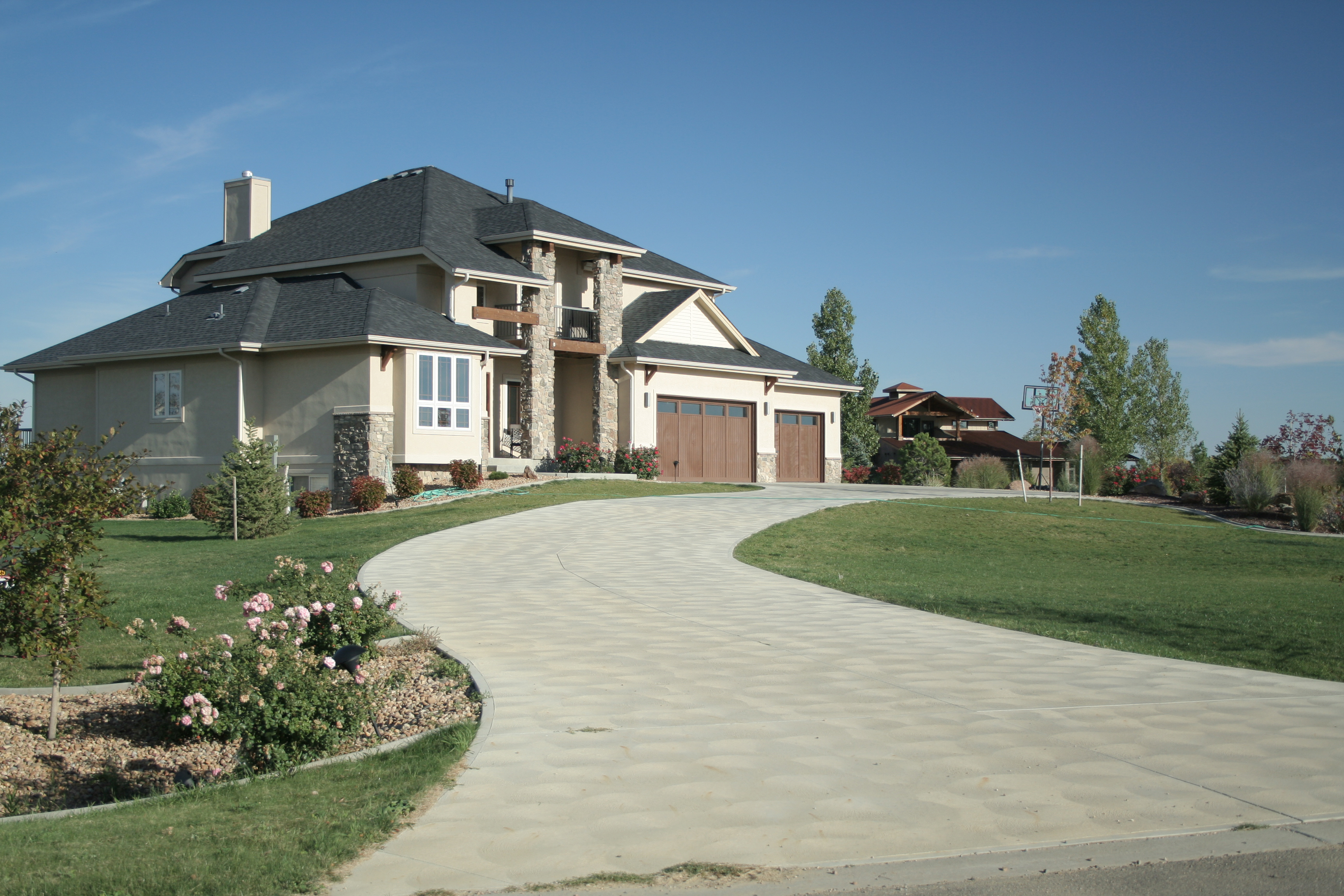
Installing an asphalt driveway isn’t a DIY project for most people, but knowing the steps involved can help you choose the right contractor and make sure the job is done properly. The Family Handyman writes that the actual process is fairly straightforward:
- Remove the old driveway and examine the base.
- Top-up the base, compact and let it sit for at least a week.
- Lay the asphalt.
If you live in a northern climate, you may want to install a radiant snow-melting system, such as those described at Warmzone. These systems are easy enough to install for ambitious do-it-yourselfers, although it’s important that a qualified electrician do the wiring. The systems are also said to be durable enough to withstand asphalt applications and concrete pours, and work either with electric or hydronic (water with antifreeze) radiant heat technology.
Bottom line: No more shovelling.
While a snow-melting system isn’t cheap (you need to rip out your old driveway and put in a new one along with the system), it is a feature that would certainly be attractive to homebuyers. In an undated article, Marcus Pickett at Home Advisor estimates a ballpark figure of nearly $9,000 for the entire job.
Project No. 12: A New Gate for Your Driveway
Driveway gates provide security and can be inviting at the same time. One provider maintains that automatic driveway gates can add 5 percent to the value of your home.
This can be a DIY project — the hardest part is digging the holes for the posts. Amazing Gates, a company that sells and installs gates, has instructional videos and a 10 Tips for a Better Driveway Gate Installation post for do-it-yourselfers.
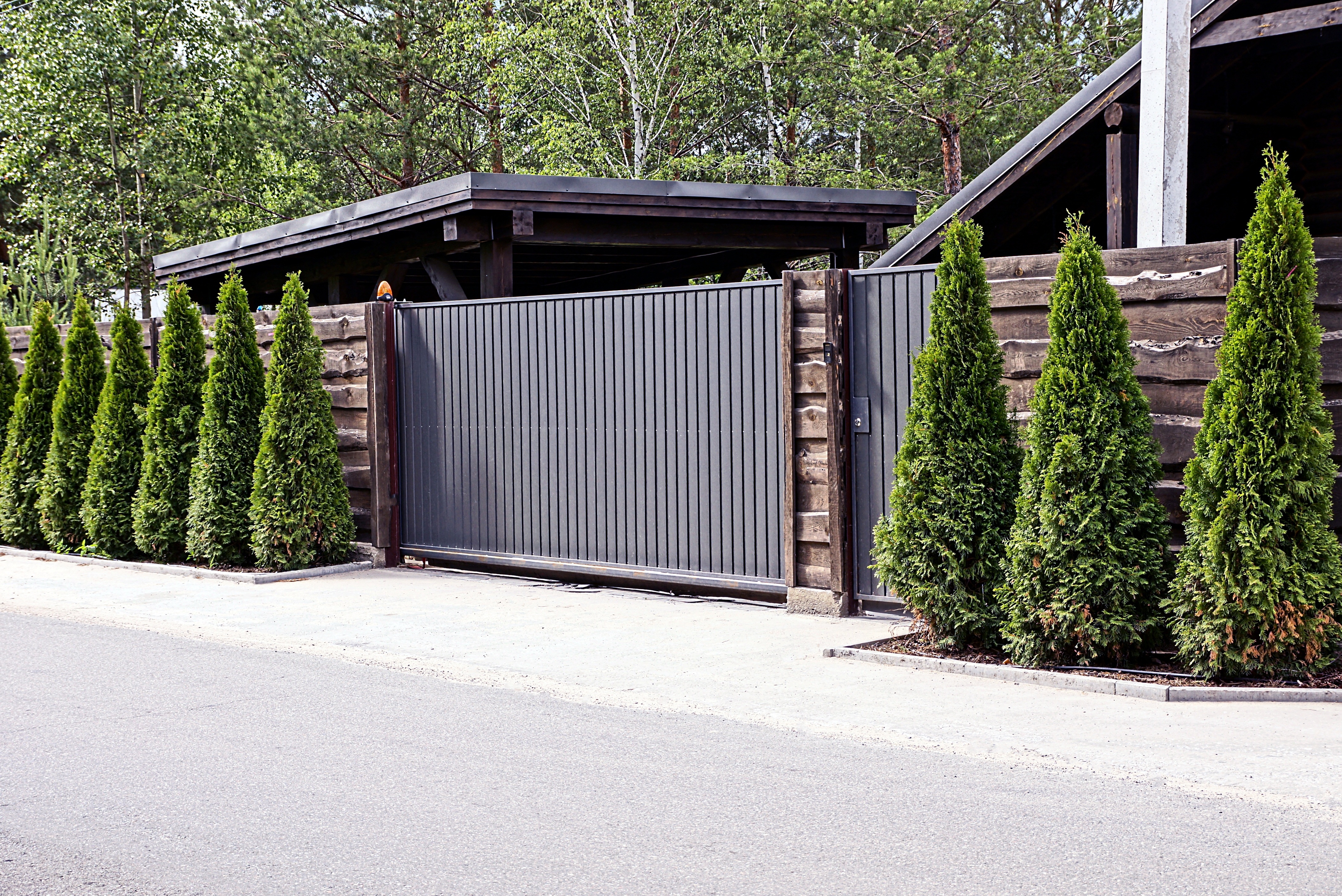
There are more DIY gate installation tips in the home building section of the Fun Times Guide.
Images: wolfields,Demi Kwant,stevepb,MinkS,Ron Porter
